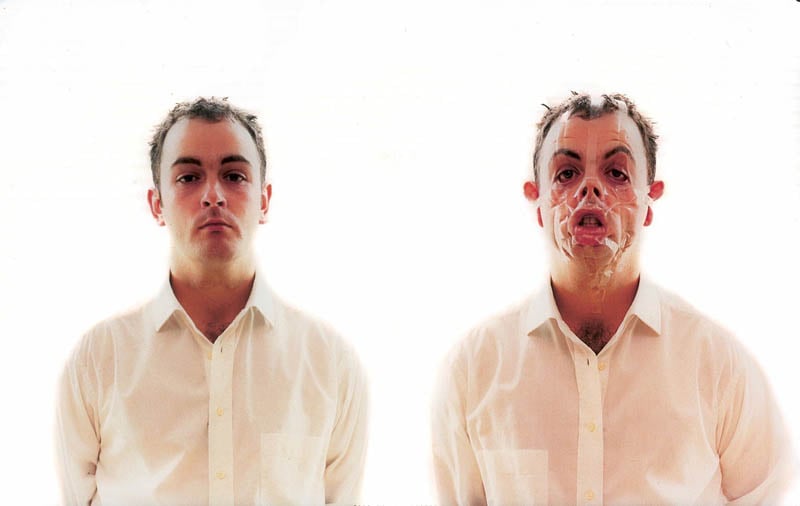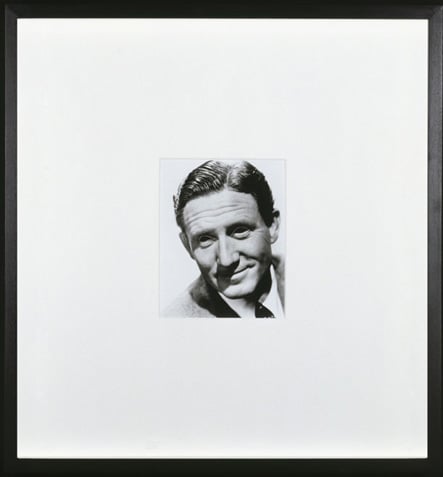The Reverse Sessions. Litophone
2017 - Installation (Installation)
2014- 2017 variable dimensions
Tarek Atoui
For The Reverse Sessions , the artist reversed the order in which instruments are usually created, taking the sounds of a collection of ethnic musical instruments from The Dahlem Museum as the starting point. The artist used the audio recordings of live performances that he wrote and directed, to collaborate with instrument makers on imagining and building the objects that could have generated these recordings. Without involving any images, Atoui proposed to engage with sound directly — contrary to the path of ethnomusicology that studies the shape and mechanism of an instrument with an emphasis on its cultural and social context. The Reverse Sessions is the result of this collaboration: eight original instruments that combine string, wind and percussion, which were activated during performances and rehearsals that took place over the duration of Atoui’s five-week exhibition at Kurimanzutto gallery.
Tarek Atoui is an artist and electroacoustic composer working with sound performance. The artist engineers complex and inventive instruments as well as arranges and curates interventions, concerts, performances, and workshops. His practice develops from extensive research into music history and instrumentation, revolving around large-scale, collaborative performances that explore new methods of production. The artist’s work is centrally concerned with the ongoing reflection on the instrument and the act of performing as a multifaceted, open, and dynamic process. The orchestrated performances are mostly improvised, but are always grounded in a meticulous investigation of sound archives and collections. Concerned with education and social connection, Atoui’s projects explore sustained methodologies in which deaf people can experience and perceive sound. Using custom-built electronic instruments and computers, Atoui references current social and political realities, revealing music and new technologies as powerful components of expression and identity.
Colors:
Related artist(s) to: Tarek Atoui » Sharjah Biennial, » Hassan Khan, » Joana Hadjithomas, » Khalil Joreige, » Tino Sehgal, » Wael Shawky, » Ziad Antar, » Douglas Gordon, » Hoor Al Qasimi, » Jack Persekian

© » KADIST
Tino Sehgal
2004Tino Sehgal’s This Exhibition requires an interpreter (in this particular piece, a gallery attendant) to faux faint each and every time a visitor enters into a given space...

© » KADIST
Douglas Gordon
1996In Monster (1996-97), the artist’s face becomes grotesque through the application of strips of transparent adhesive tape, typical of Gordon’s performance-based films that often depict his own body in action...

© » KADIST
Douglas Gordon
2004Douglas Gordon’s single-channel video The Left Hand Can’t See That The Right Hand is Blind, captures an unfolding scene between two hands in leather gloves—at first seemingly comfortable to be entwined, and later, engaged in a struggle...

© » KADIST
Douglas Gordon
2002Blind Spencer is part of the series “Blind Stars” including hundreds of works in which the artist cut out the eyes of Hollywood stars, in a symbolically violent manner...
